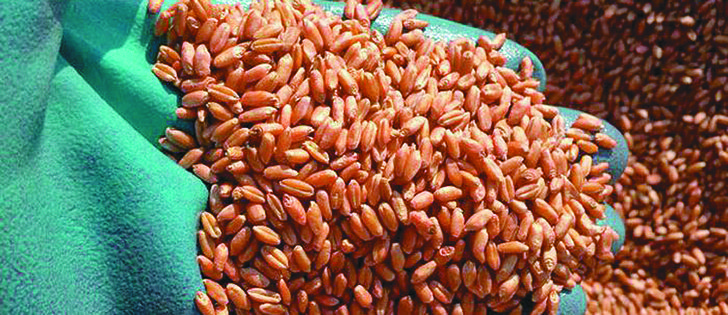The Canadian Grain Commission is urging grain producers to take extra steps this fall to ensure that treated seed is not mixed with harvested grain.
At this time of year, many western Canadian farmers are harvesting grain and planting fall seeded crops such as winter wheat that may be treated with fungicides or other chemicals.
This increases the risk that small amounts of treated seed could be inadvertently mixed with harvested grain that will eventually be delivered into the commercial grain handling system.
Read Also

Volatile temperatures expected for this winter
DTN is forecasting a lot of temperature variability in the Canadian Prairies this winter. Precipitation should be close to average.
The commission is encouraging growers to prevent inadvertent contamination of grain crops by following these steps:
- If possible, store treated seed in separate bins.
- Clean all bins and equipment thoroughly after handling treated seed.
- Visually inspect equipment and bins for treated seed before using them to store or handle harvested crops.
Health Canada sets maximum residue limits for chemicals in Canadian grain. Any grain that exceeds those maximum residue limits can be condemned and prohibited from entering the food or feed system.
Under the Canadian Grain Act, delivery of contaminated grain is prohibited. Licensed grain handling facilities are prohibited from receiving grain that is contaminated and can refuse to accept grain that they believe is contaminated.
















